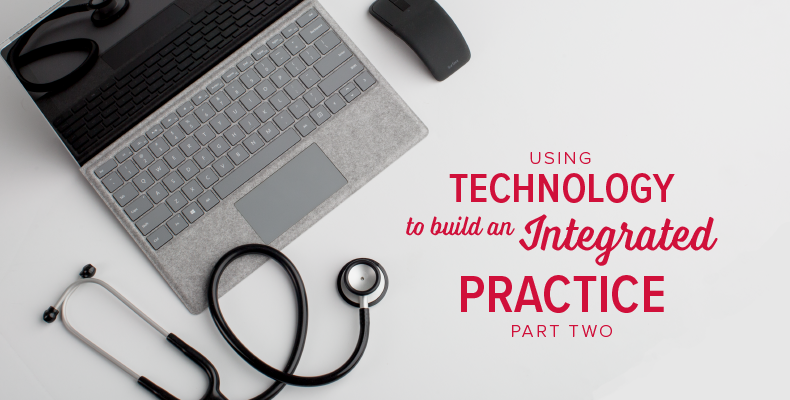See how the fully-automated private practice can improve patient engagement & outcomes.
Note: This is the second blog in a 6-part series
According to a survey conducted by The Physicians Foundation1 to more than 17,000 physicians nationwide, physicians spend 21% of their time engaged in non-clinical paperwork. Given a workforce of approximately 800,000 physicians in active patient care, this equates to 168,000 physician FTEs not engaged in clinical activities.
Additionally, due to rising regulatory burdens and the growing demand for their services, 80% of the responding physicians indicate they are overextended or at capacity, with no time to see additional patients. You may ask, what are the other 20% doing correctly? Only 14% of the 80% say they have the time needed to provide the highest standards of care. Given that a majority of physicians are at or over capacity, it’s not surprising that 72% feel that external factors such as third-party authorizations and higher deductibles significantly detract from providing quality of care. These factors have a profound impact on how care is delivered and received.
But how can the independent practice compete with the resources of hospitals and large health systems? A technology-enabled, integrated practice is key to solve the physician burnout and patient engagement dilemmas.
The Importance of Implementing Technology
Today the most successful and profitable independent practices rest on a foundation of office technology that allows them to work more efficiently, maintain a better work/life balance, grow their practice, reduce errors and provide an excellent patient experience.
From patient care to management of your medical practice, innovation in technology continues to prove its worth in all aspects of healthcare. As stated in Forbes,2 technology will continue to shape and change the business of healthcare both in day-to-day duties and overall patient care. Technology has worked to improve the medical field, but without a complete understanding of the integration of these technologies into a healthcare system, the value of these innovations is diminished. It’s crucial to stay up-to-date on available tools to most effectively advance your independent practice. The responsibility of implementing new technologies into your practice often falls on the office manager. Available technologies can be expensive, and the money and effort spent on acquiring these tools can go to waste if your office manager, and healthcare provider(s) alike, lacks adequate comprehension of their application or value.
The types of technologies that prove to significantly improve independent practices are becoming more readily accessible and affordable. Many have found that each of these areas have an important role to play in every element of practice success.
Let’s take a look at the second building block of integrated technologies that go into the fully-automated independent practice that will help you better manage your time and improve patient engagement and practice outcomes:
#2 Electronic Health Record (EHR) software
Electronic Health Records (EHRs), similarly known as or Electronic Medical Records (EMRs), is a digital record of a patient’s medical histories. The records for all patients are stored in the EHR software. The most efficient EHR is managed as a cloud-based service. Many independent practices have adopted the technology and EHRs continue to grow year-over-year as practices are incented not only to use for Medicare reimbursement, but also for a more organized practice in general.
The possibilities provided to physicians, office managers and staff using an EHR are incredible. The ease of access, multi-user access and data entry are greatly simplified. According to According to Beckers Hospital Review, “EHRs allow multiple healthcare providers simultaneous access to the same health information for each patient. Physicians, nurses, ancillary and medical recordkeeping staff can work together to quickly provide the best treatment possibilities based on the shared information, leaving little room for guesswork or error.”3 An EHR allows a doctor to ePrescribe, which is more efficient and safer than writing a paper prescription. Various types of medical data, such as medical imaging, laboratory testing results, patient allergies and pre-existing conditions can be shared in real-time, expediting immediate patient treatment care and follow-up.
- The Physicians Foundation. 2016 Survey of America’s Physicians Practice Patterns & Perspective, September 21, 2016.
- Lee, Ellen. 5 Ways Technology is Transforming Health Care., January 24, 2013.
- Beckers Hospital Review, Healthcare Information Technology, 10 Technologies to Keep Hospitals Competitive, January 17, 2012.


